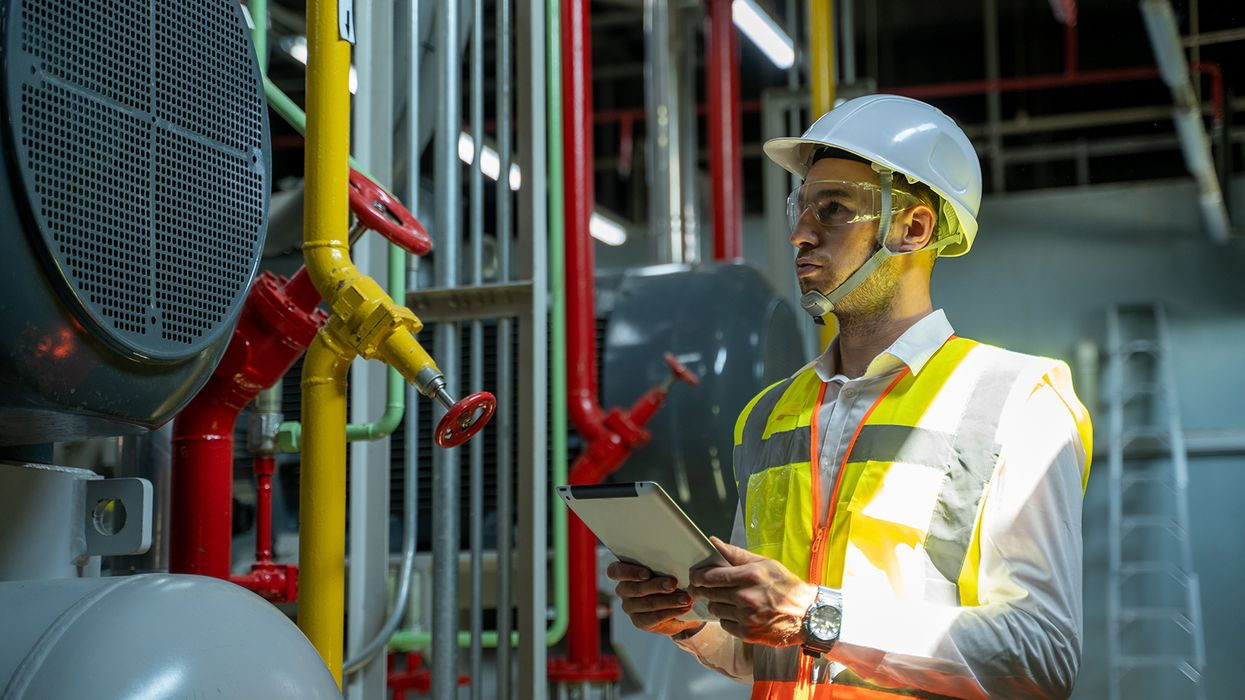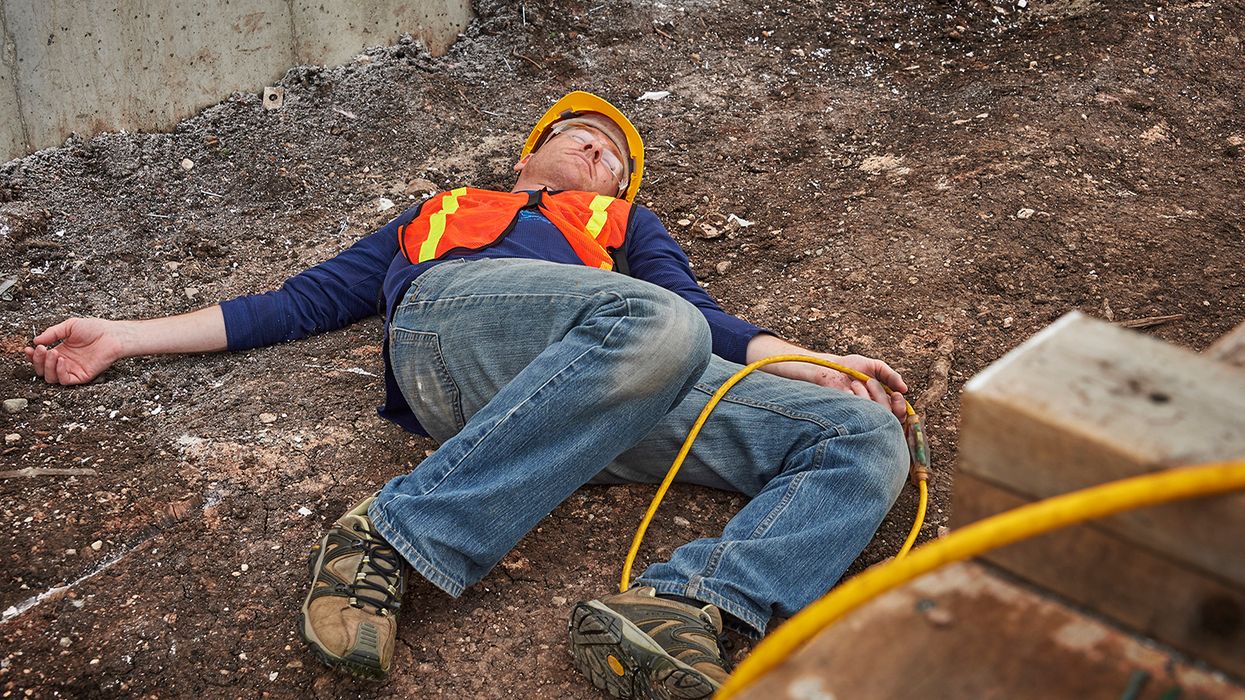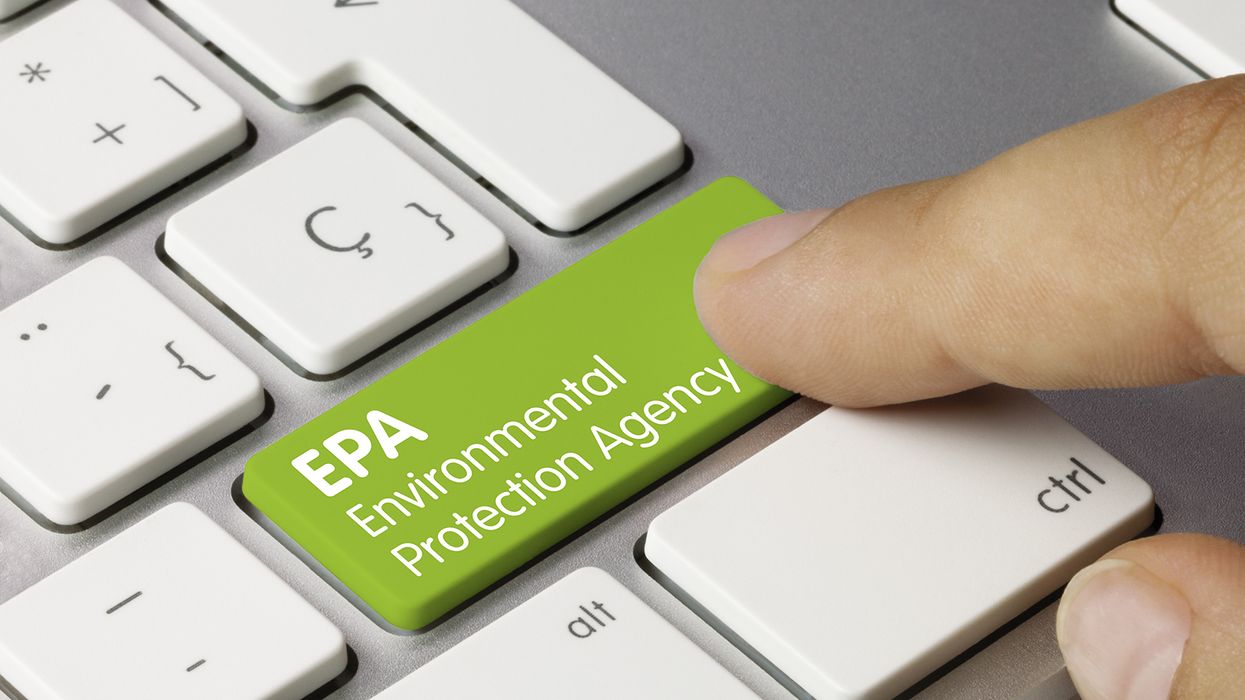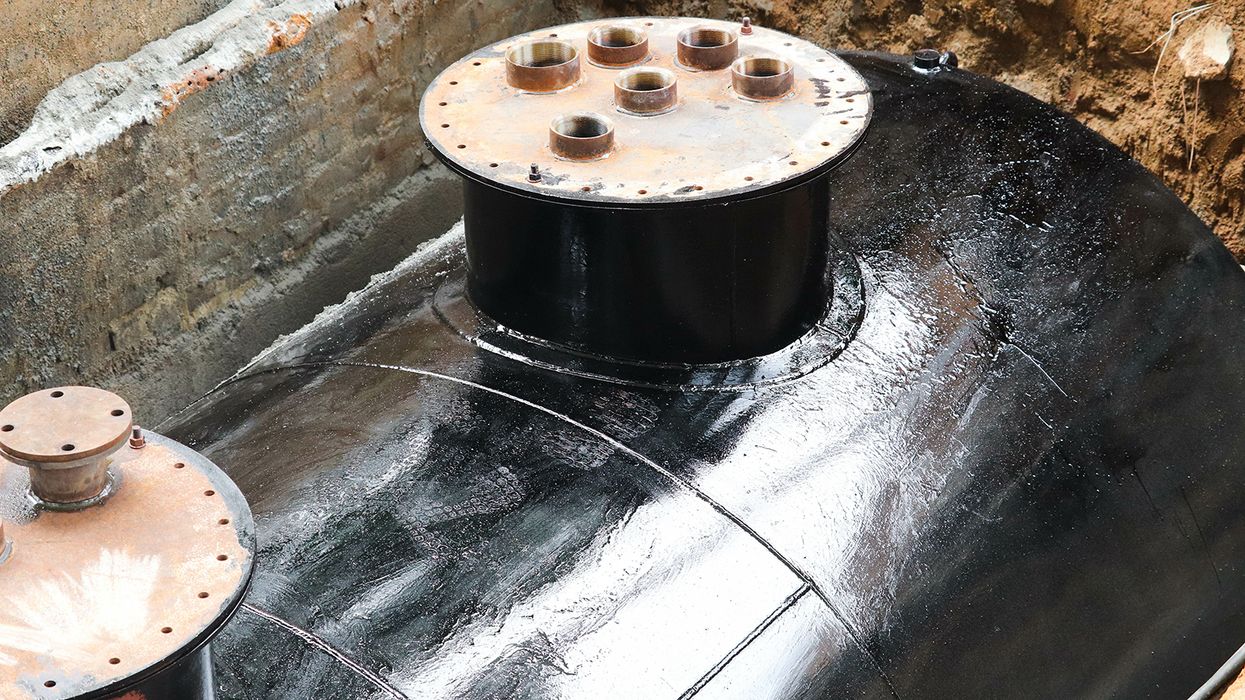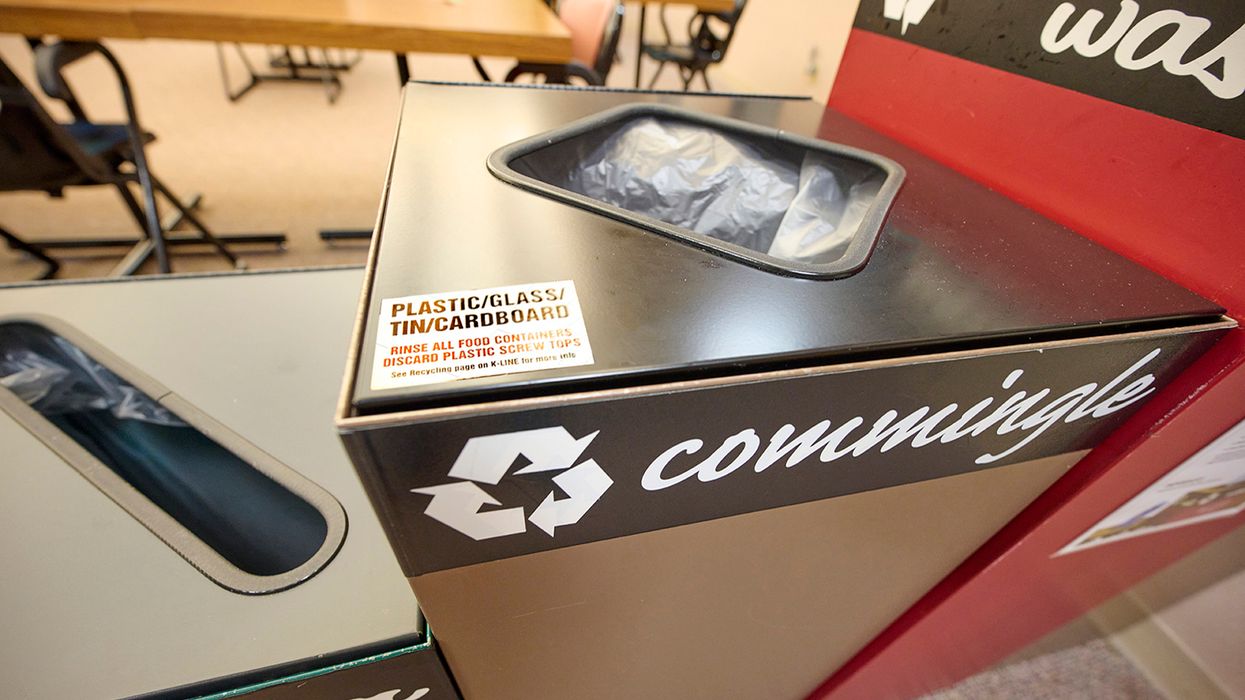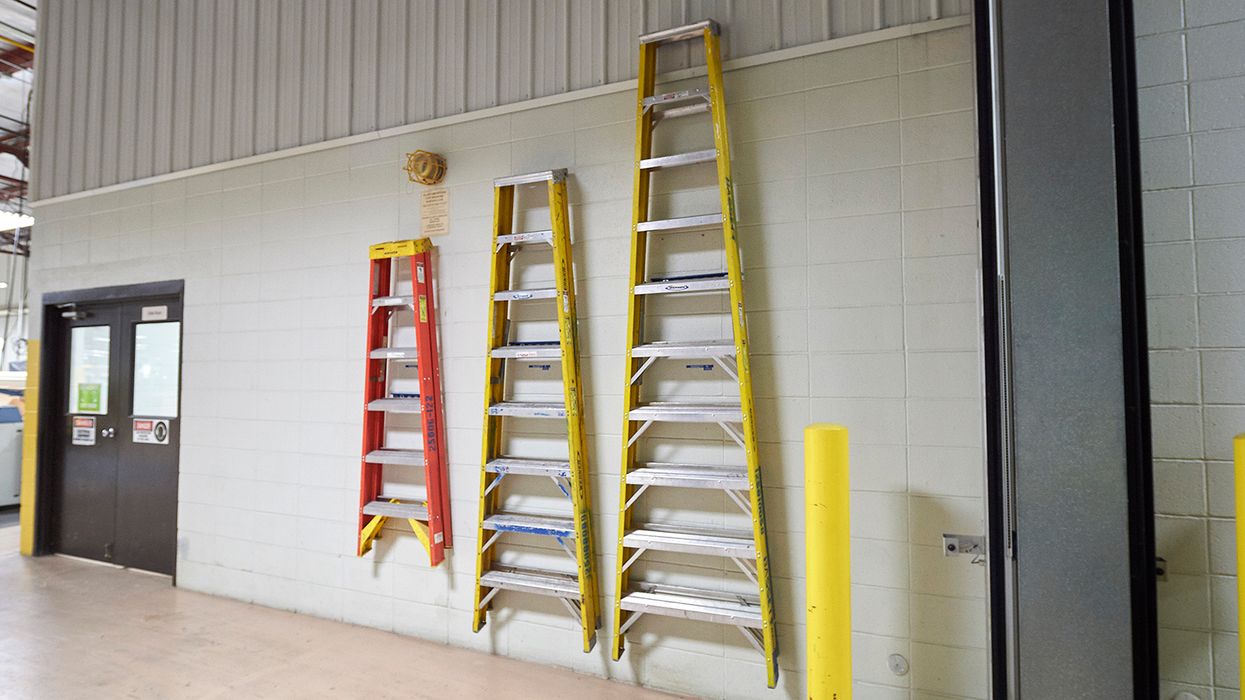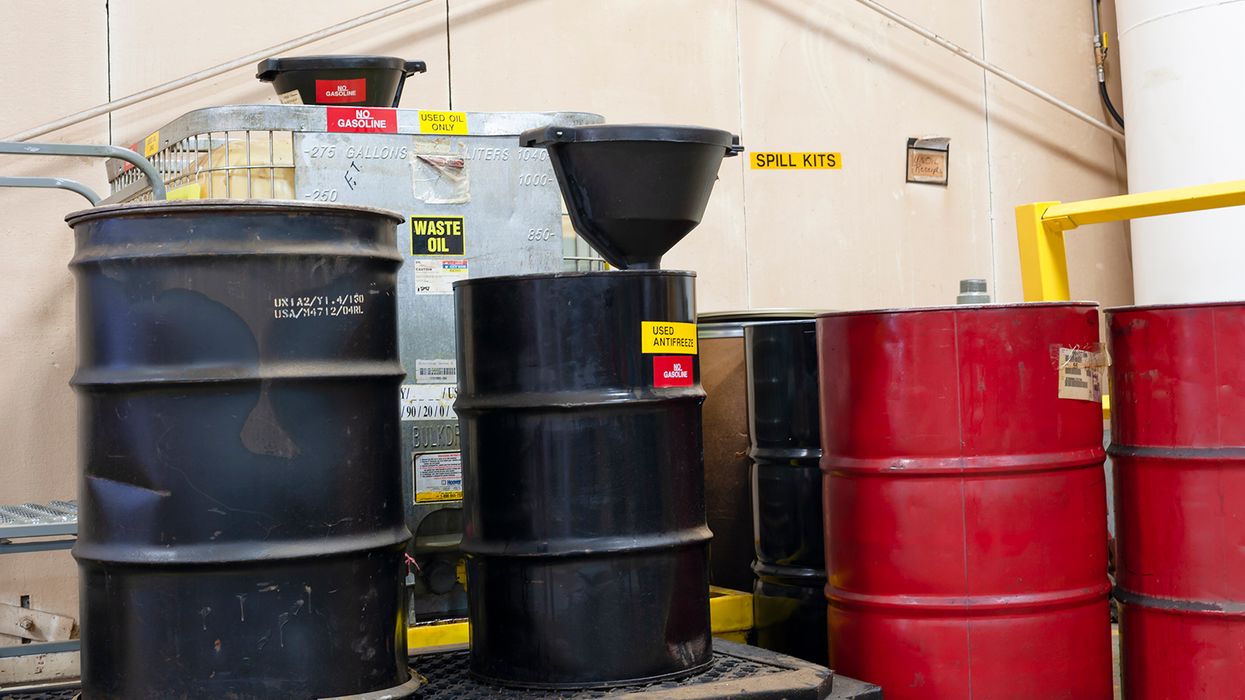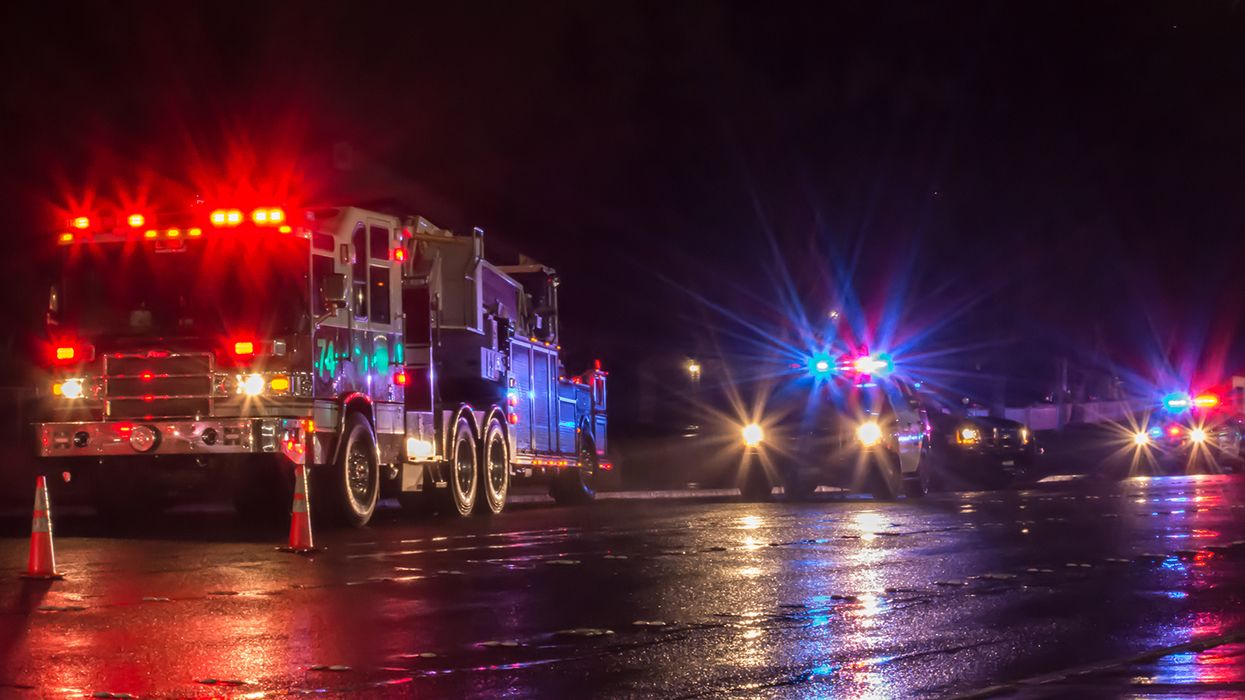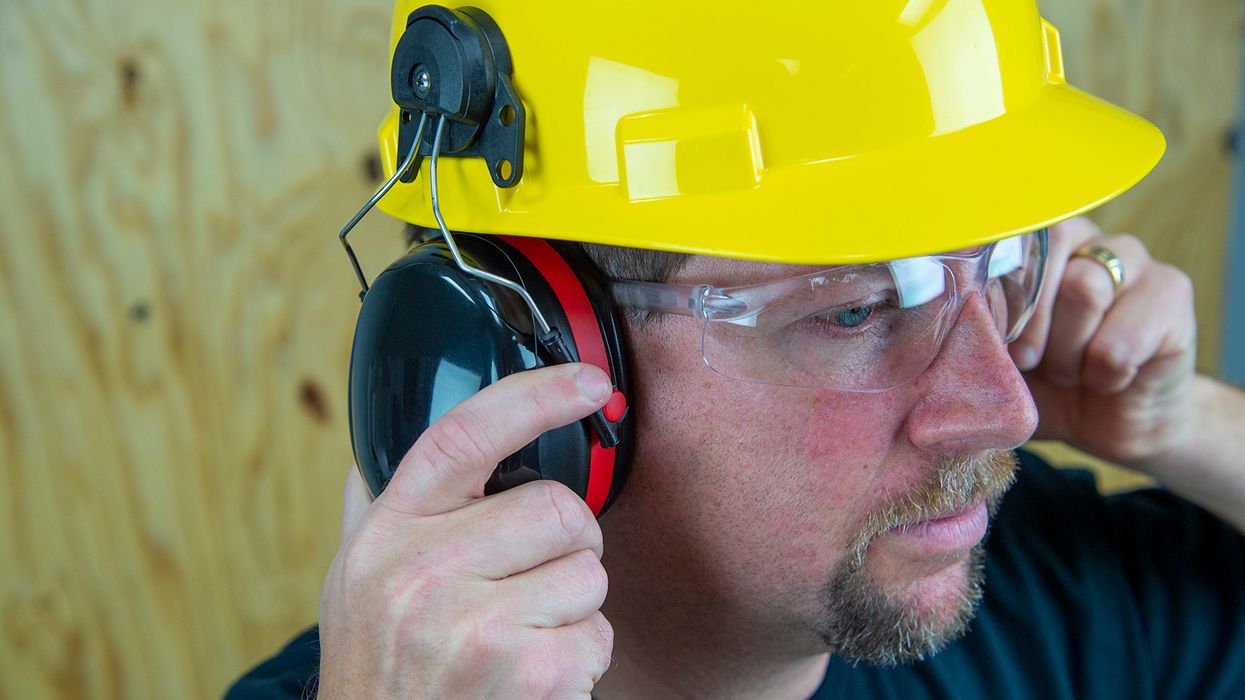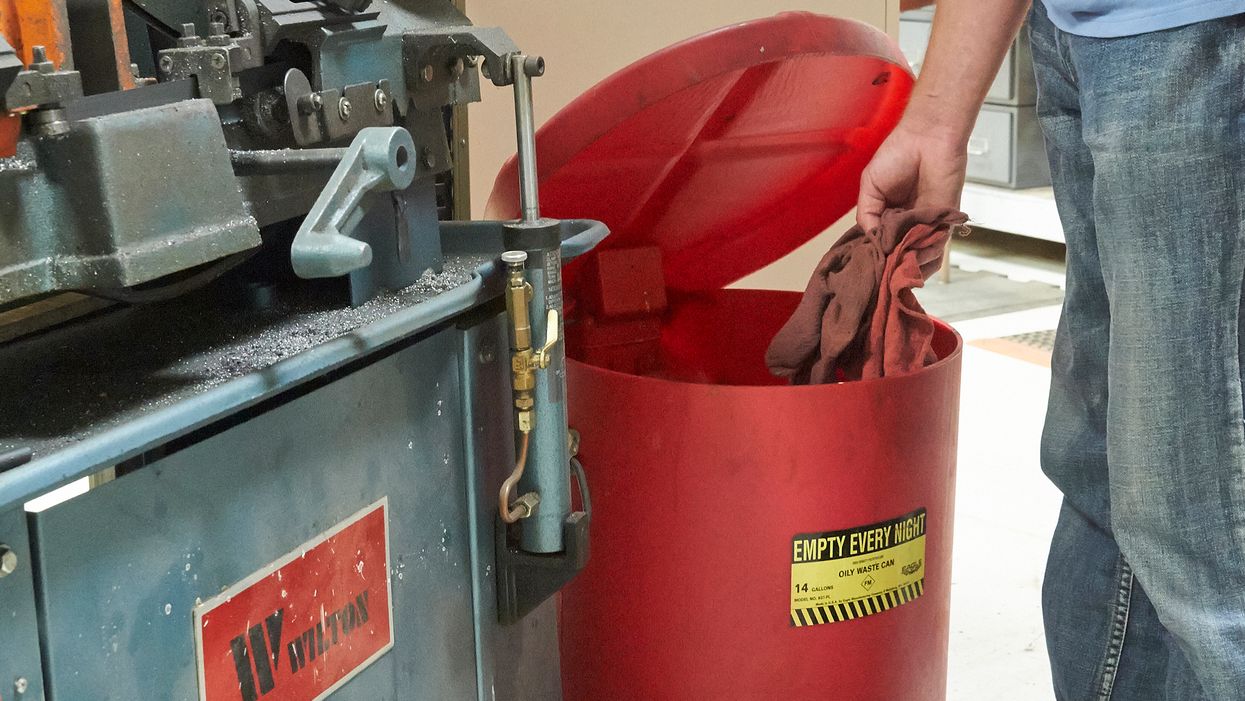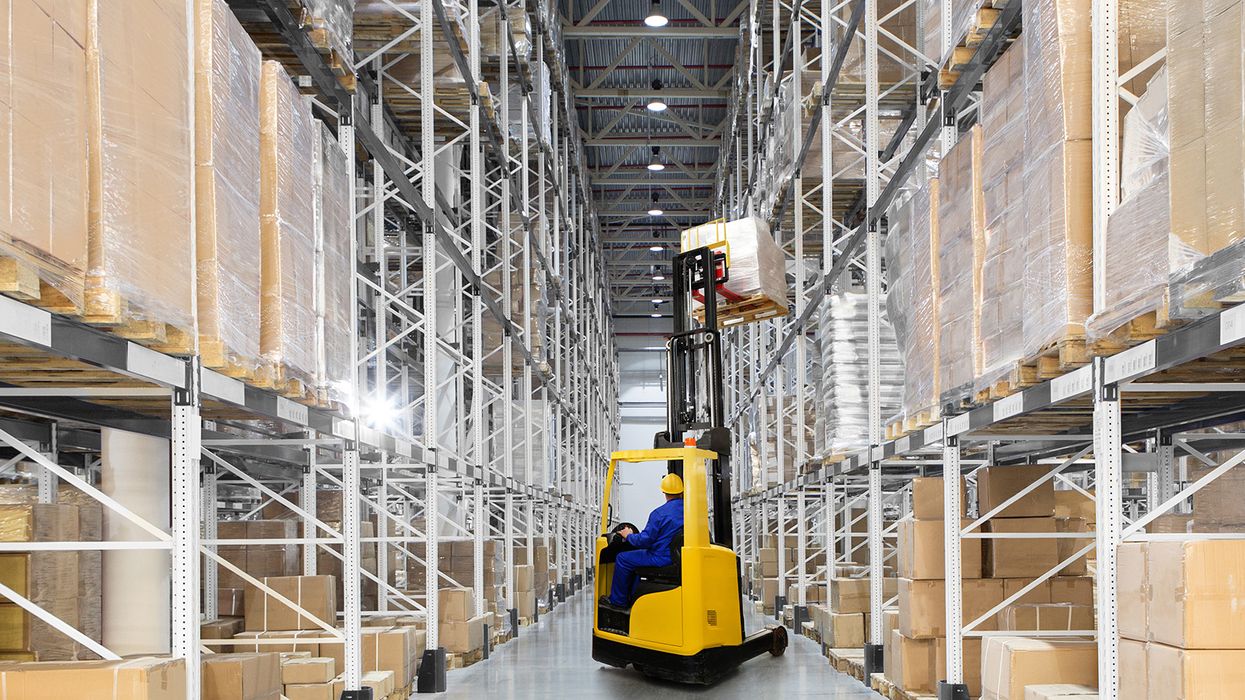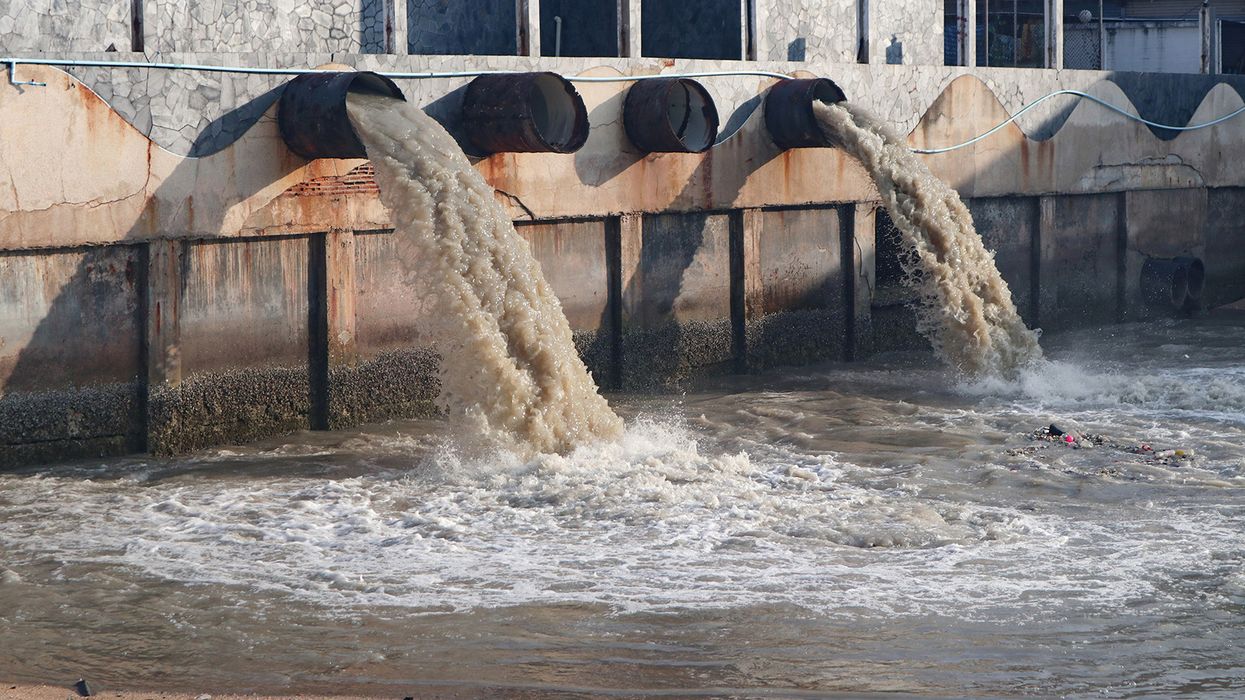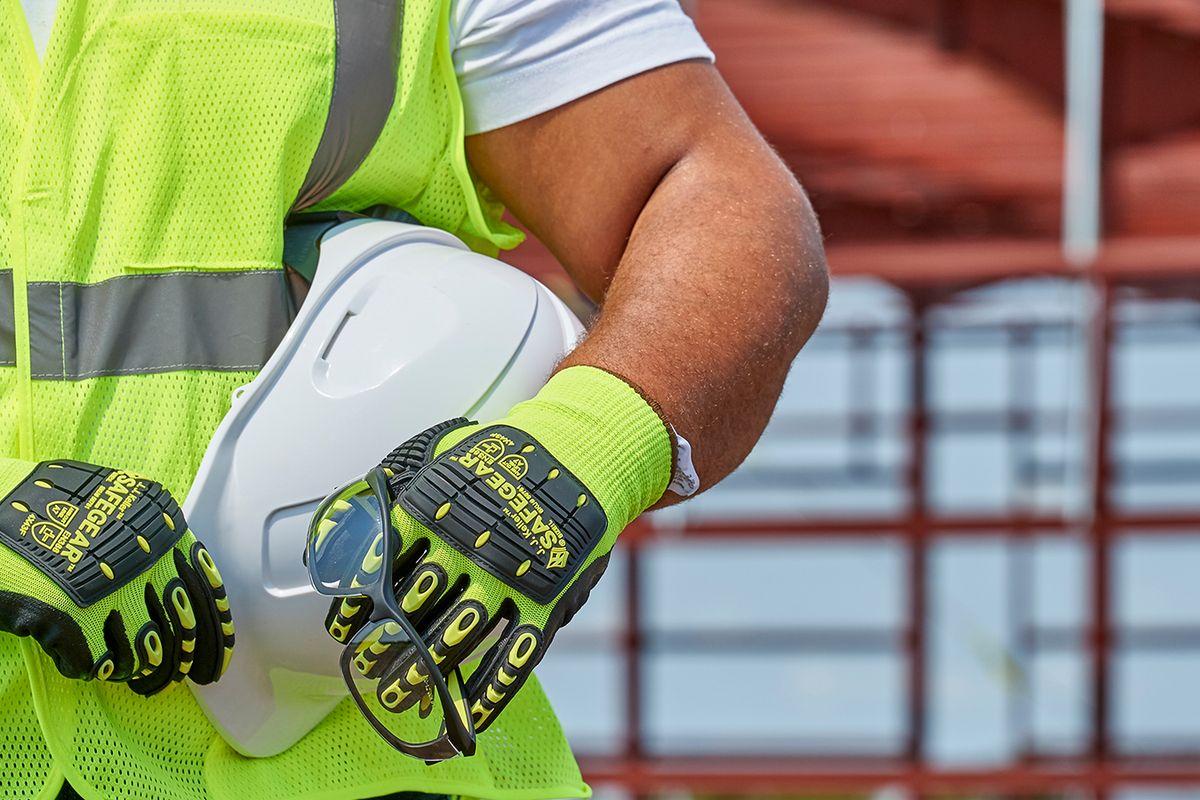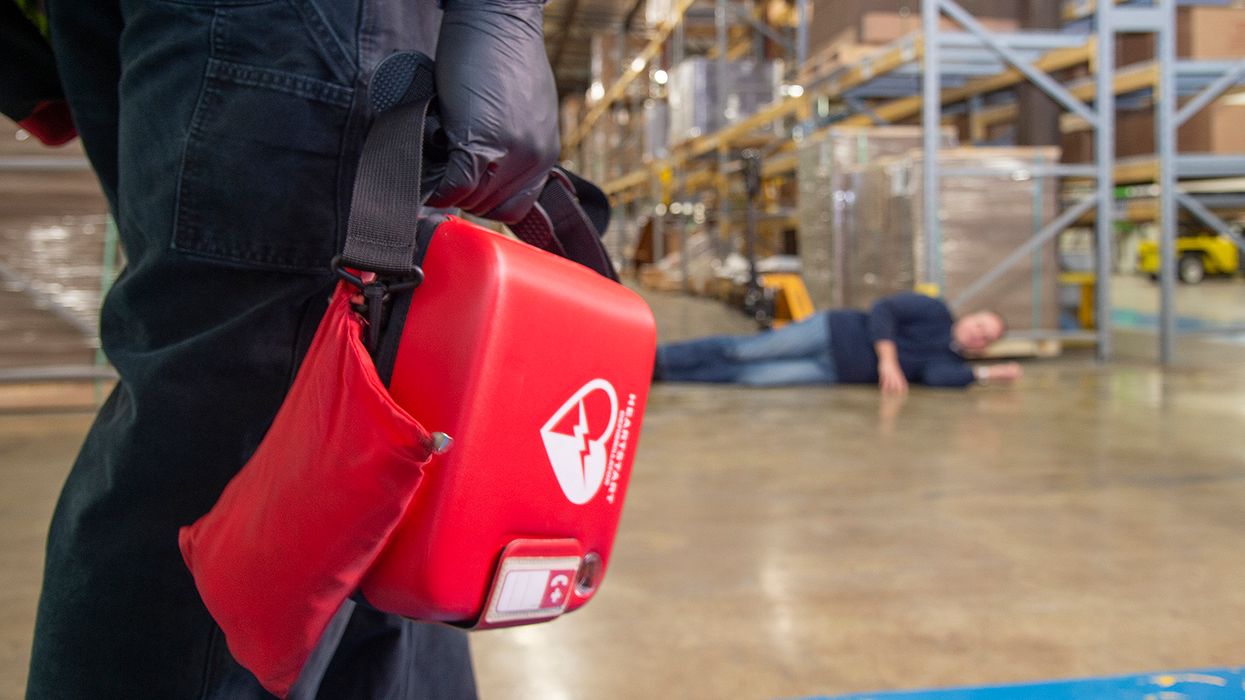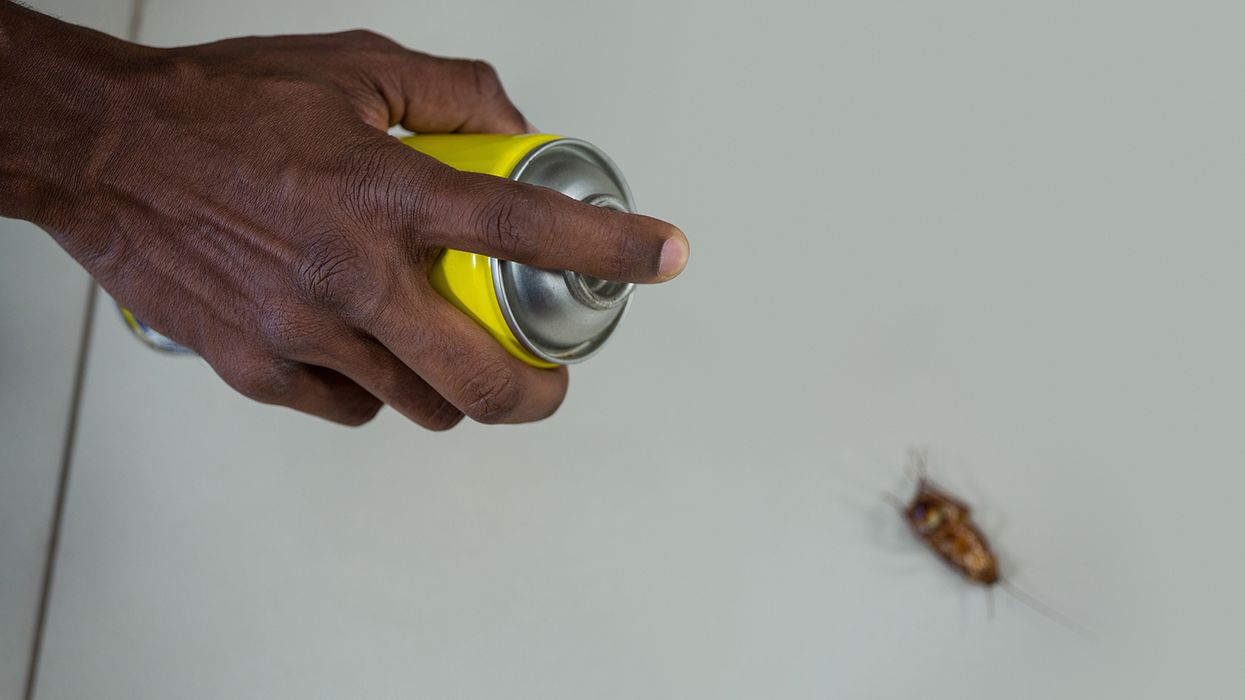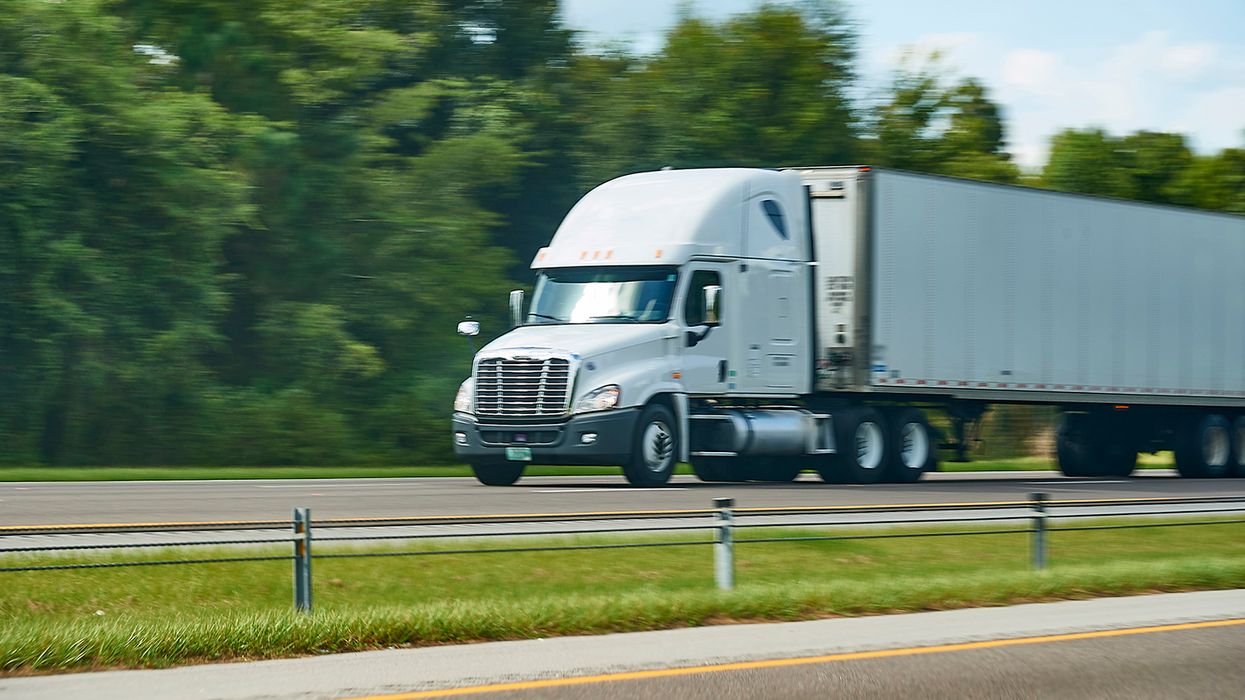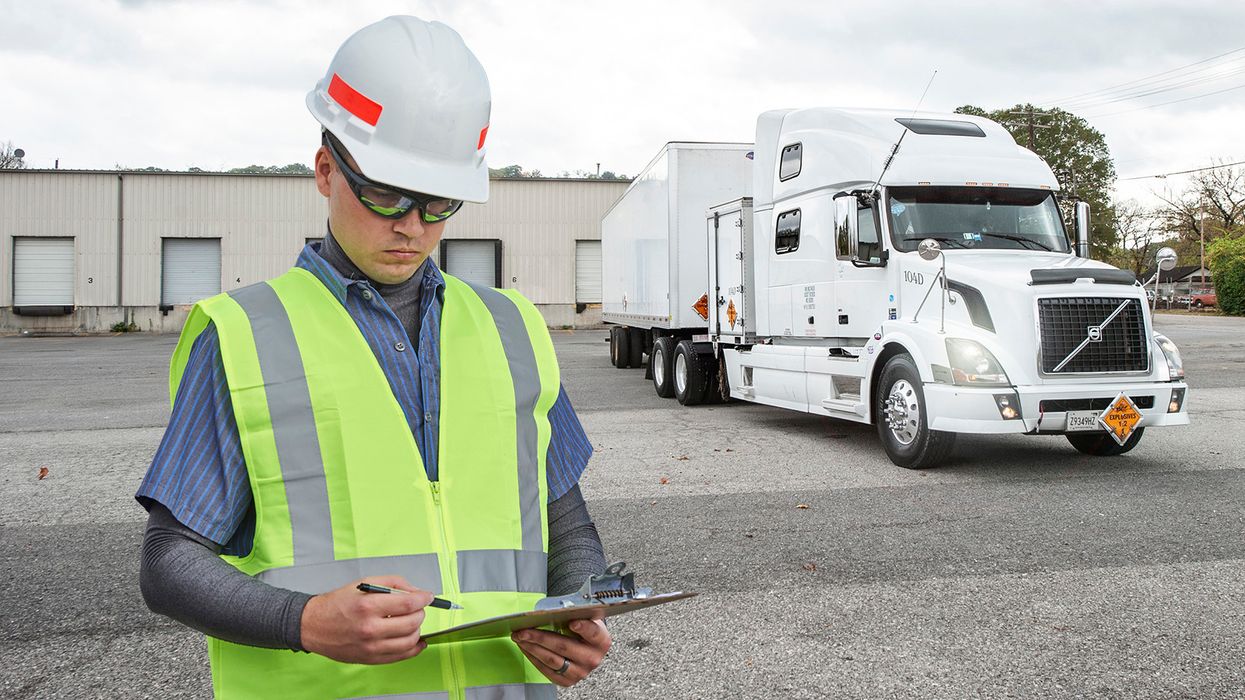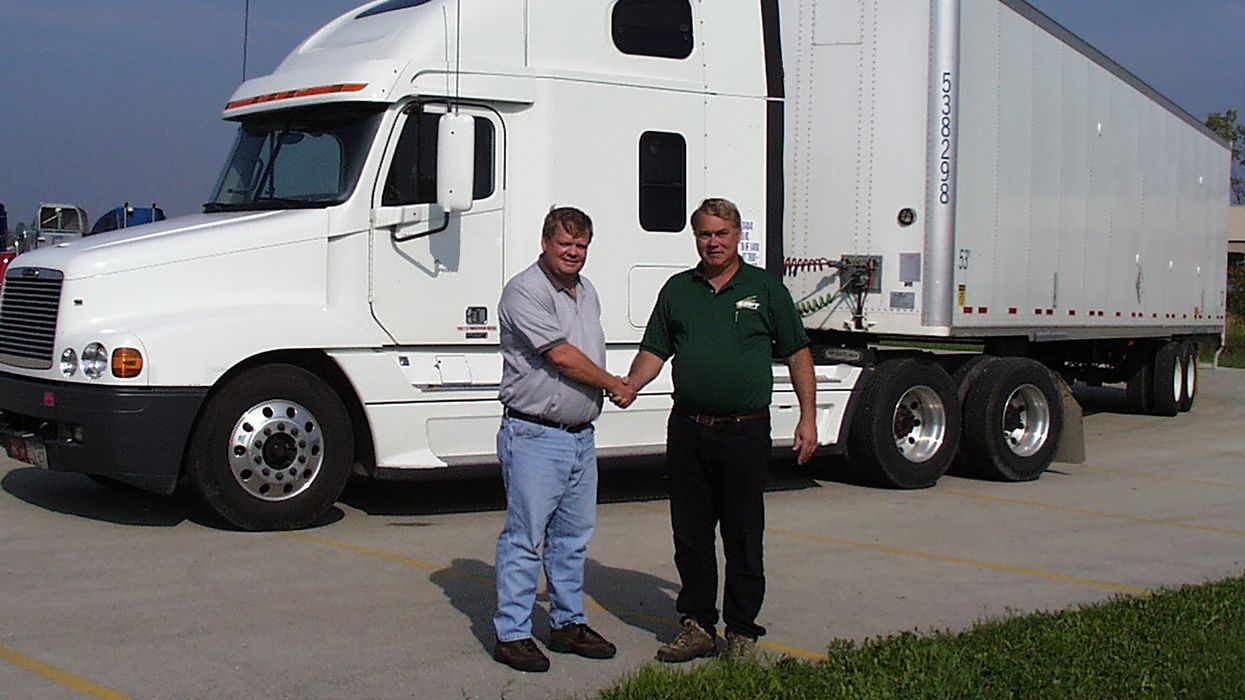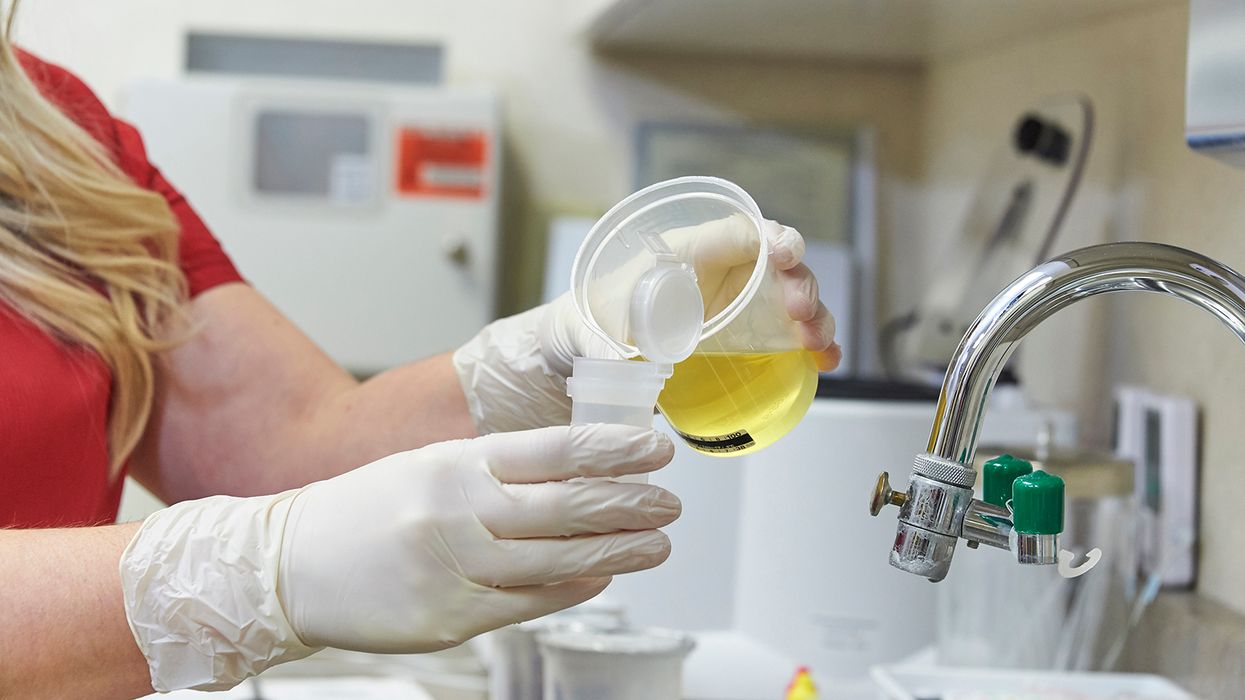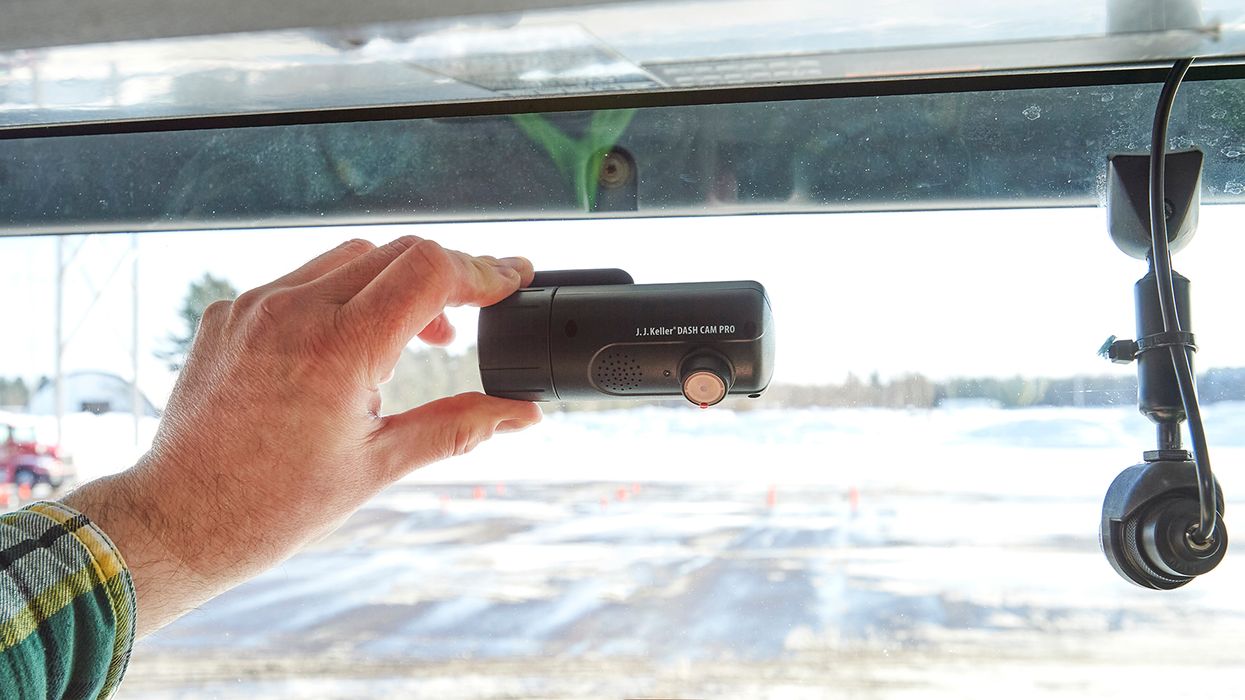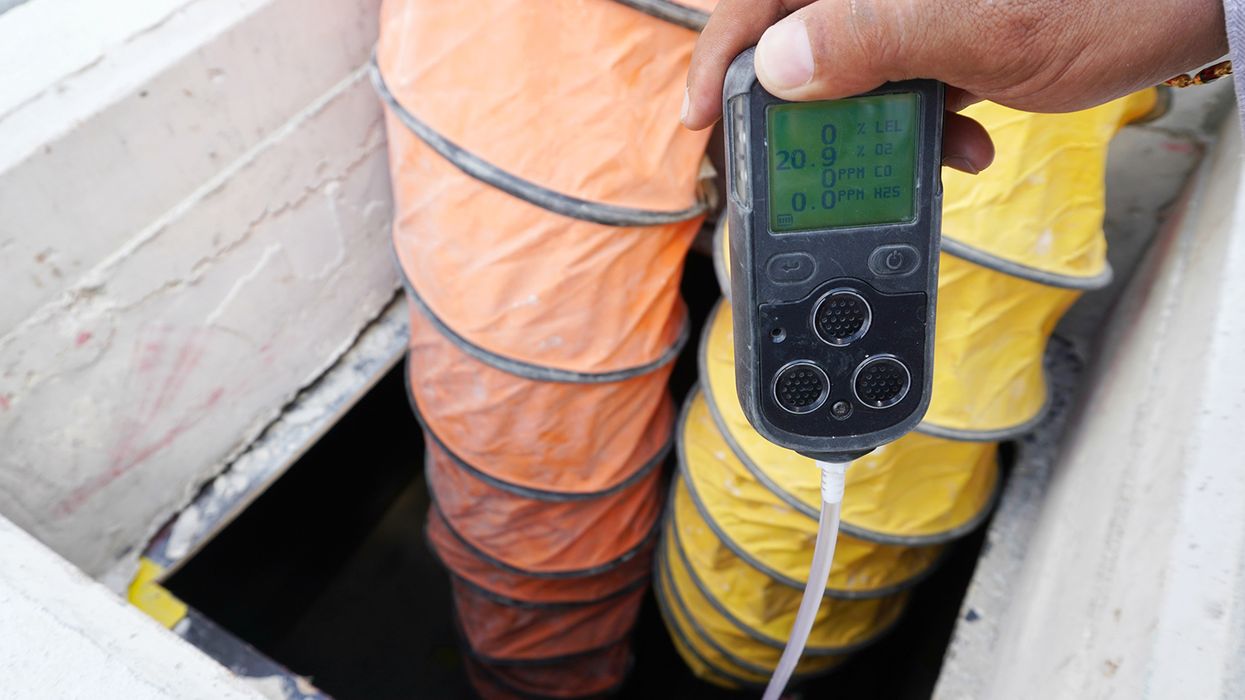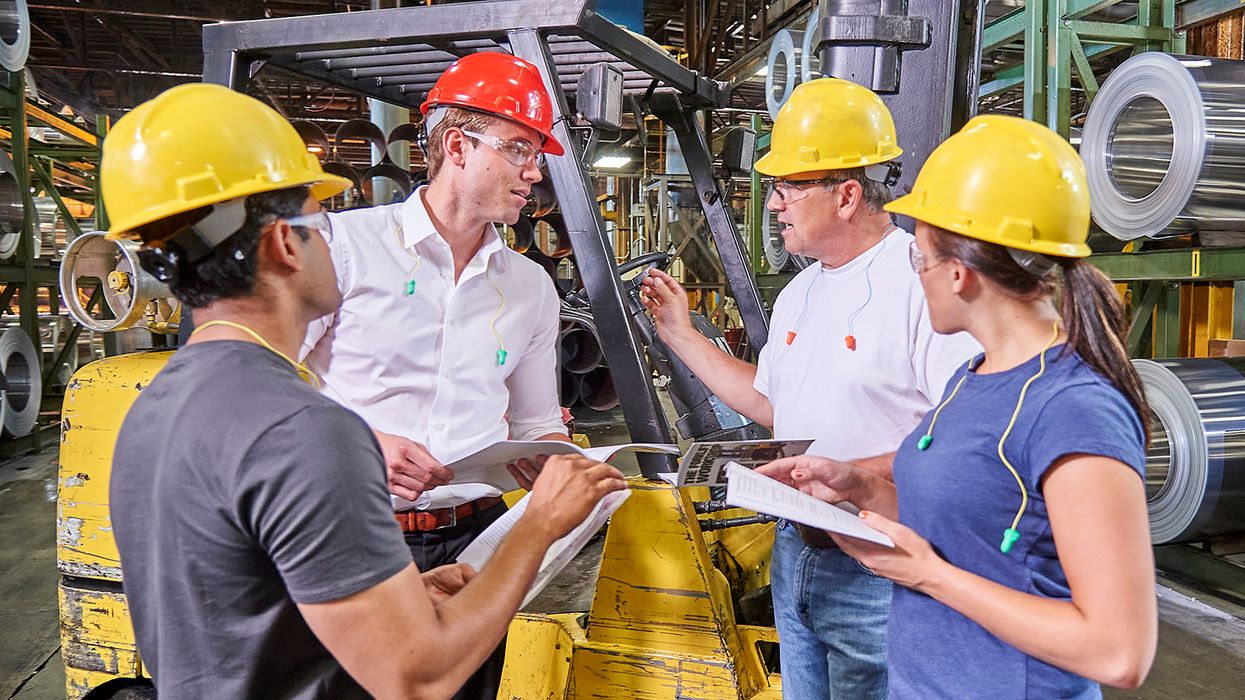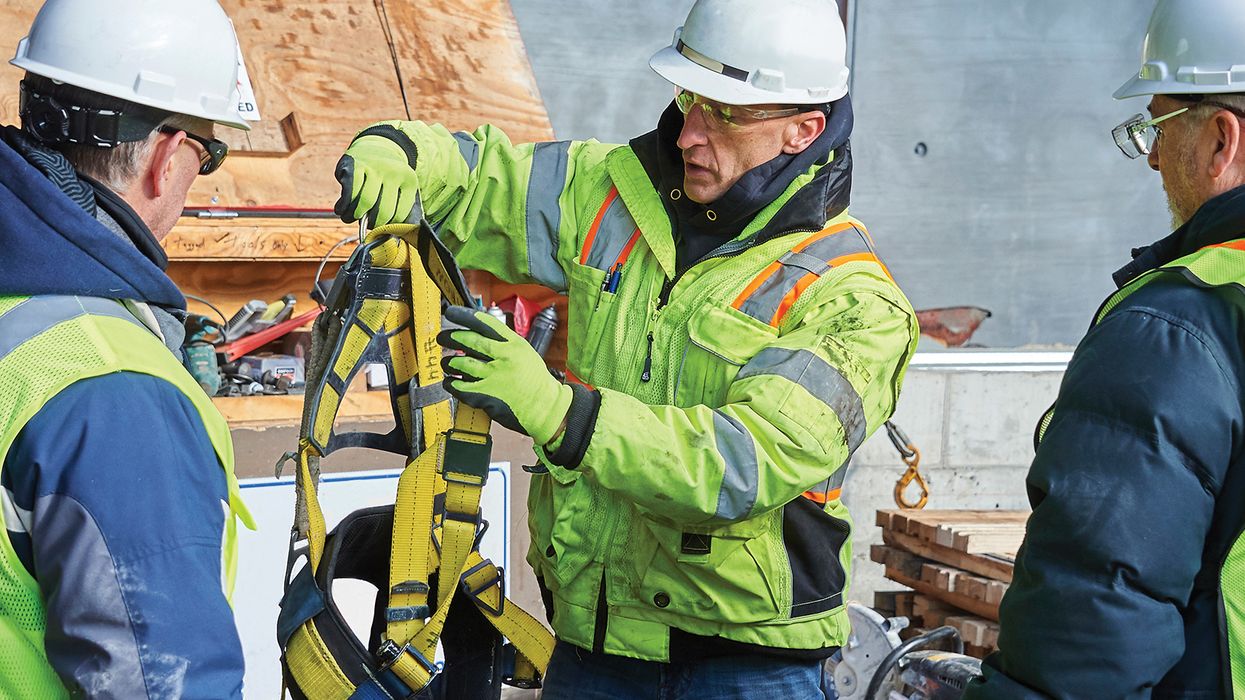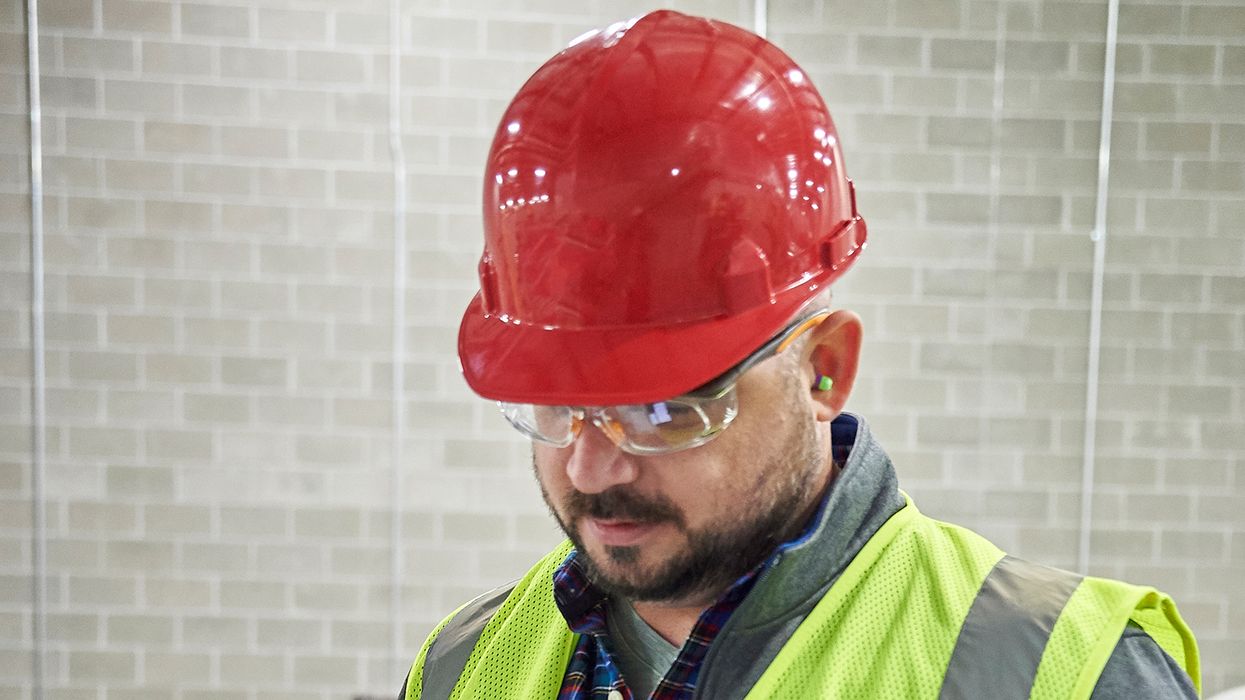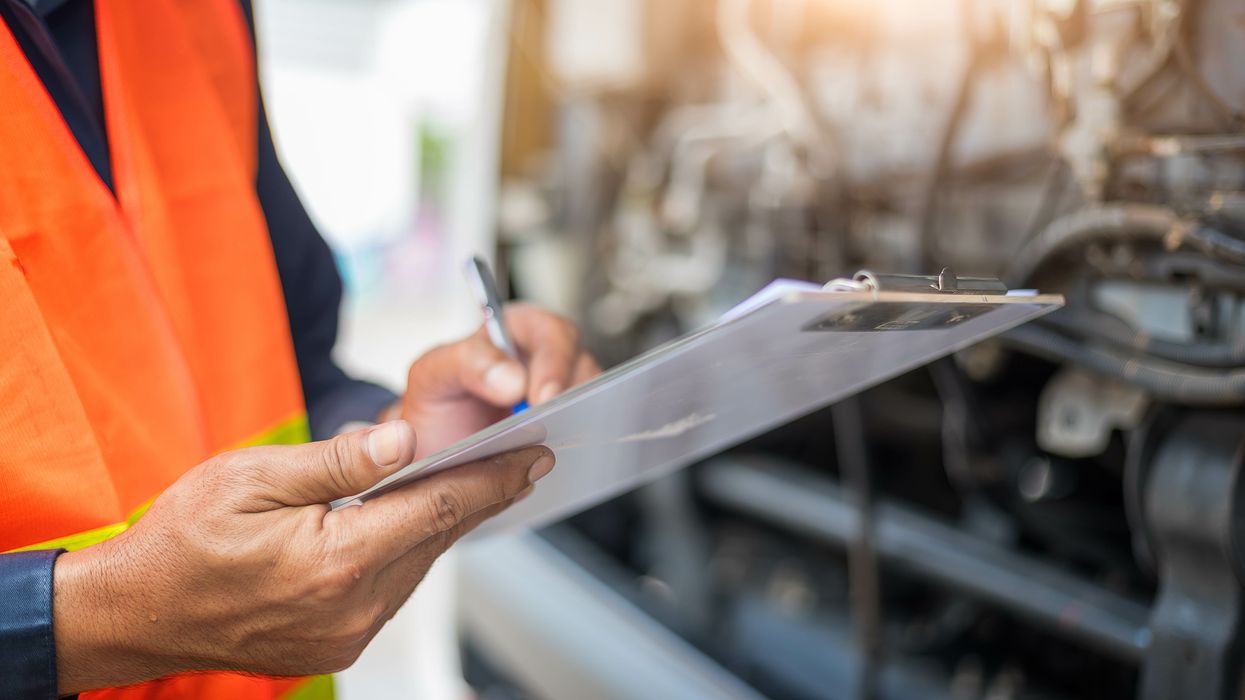Use engineering controls to reduce hazards
Just behind elimination and substitution controls, using engineering controls is the third most effective way to control hazards. Using personal protective equipment is the least effective method to reduce hazards. Three engineering controls are:
- Ventilation,
- Machine Guarding, and
- Isolation.
Engineering controls reduce employee exposure either by removing or isolating the hazard or isolating the worker from exposure using technology. Examples of specific engineering controls include:
- Exhaust ventilation such as dust collection shrouds exhausted through a high-efficiency particulate air (HEPA) vacuum system.
- Welding, cutting/burning, and heating activities should have local ventilation.
- For abrasive blasting with full containment, design the containment structure to optimize ventilation flow, reducing the airborne contaminant concentration and improving visibility. The containment area must be under negative pressure to minimize contaminants from escaping. As necessary, you must evaluate the mechanical performance of your system in controlling exposure.
Ventilation
General ventilation uses air movement within the general workspace to displace or dilute contaminants with fresh outside air. General ventilation of the workplace also contributes to the comfort and efficiency of employees because working under extreme conditions of temperature and humidity may harm employee productivity and health.
Employees use respiratory devices to avoid exposure to airborne hazards in their breathing zone. PPE isn’t necessary when ventilation is sufficient to control airborne hazards within acceptable levels. Design air exchange systems to prevent dispersing fumes, vapors, and particulates into the work area and employees’ breathing zones. Employees would benefit from using local ventilation in a designated hot work area. An exhaust fan pulls fumes into a duct that vents it safely outdoors.
Machine guarding
Machine guards are an engineering control that protects workers from being exposed to hazards created by moving machine parts and any sparks, chips, splashes, etc., during operation.
Advancements in technology have given employers more options to protect their employees besides using common physical barriers like shields, enclosures, and guards. Place guards and barriers between moving parts and employees’ bodies to prevent accidental contact. Interlock systems stop the machine’s movement when a person or body part is sensed within the machine’s working envelope. Examples of these devices include light curtains or two-hand switches.
Isolation
Hazards can be isolated so that fewer employees are exposed to them. For example, a spray booth can prevent harmful airborne hazard exposure to employees not directly involved in painting. Another example includes moving noisy work activities away from the main work area, installing vibration dampeners, or installing sound baffles. Doing this can prevent occupational noise exposure to other employees in the area.
Well-designed controls are the most effective way to prevent your employees from being exposured to hazards. PPE should only be used as a last line of defense when engineering or ther more effective controls aren’t adequate. Even if engineering controls cannot eliminate a hazard and PPE is still required, you’ll have reduced the overall risks to your workers and likely reduced the exposures to others in the area.

